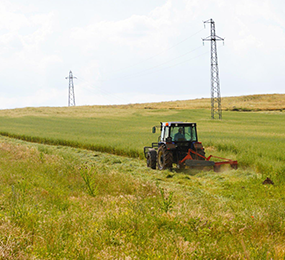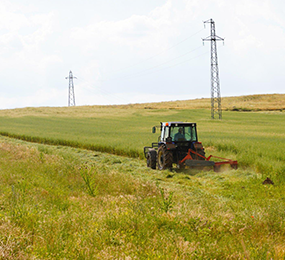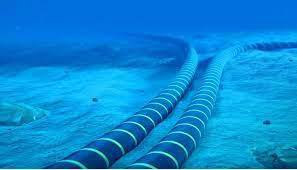Evaluating the cost implications of electrifying non-road mobile machinery (NRMM) compared to traditional diesel-powered equipment is essential for industries considering a transition to greener technologies. This cost analysis encompasses initial investments, operational expenses, and long-term financial benefits, providing a comprehensive view of the economic viability of electric NRMM.
The initial investment in electrified NRMM tends to be higher than traditional machinery. Electric machinery requires advanced battery systems, electric drivetrains, and specialized components, which contribute to the upfront cost. Additionally, establishing the necessary charging infrastructure can represent a significant capital expenditure. These initial costs can be a barrier for some companies, especially small and medium-sized enterprises.
However, the operational savings associated with electric NRMM can offset these initial investments over time. Electric machinery typically incurs lower maintenance costs due to fewer moving parts and the absence of complex systems like exhaust and fuel injection. There is no need for oil changes or other routine maintenance tasks common in diesel engines, reducing both downtime and maintenance expenses.
The cost of electricity is generally lower and more stable compared to diesel fuel, leading to significant fuel cost savings. As energy prices fluctuate, the predictability of electricity costs can provide more consistent financial planning for operations. Additionally, electric NRMM benefits from increased energy efficiency, as electric motors convert a higher percentage of energy into usable power compared to internal combustion engines.
Long-term financial benefits extend beyond operational savings. Electrified NRMM can enhance a company's reputation and market positioning by demonstrating a commitment to sustainability and reducing environmental impact. This can attract environmentally conscious customers and partners, potentially opening new business opportunities and markets.
Moreover, government incentives and subsidies for adopting electric machinery can further improve the financial outlook. Policies aimed at reducing carbon emissions often include financial support for companies transitioning to electric technologies, helping to mitigate the initial investment burden.
In conclusion, while the initial costs of electrified NRMM are higher, the long-term operational savings, coupled with environmental and reputational benefits, make a compelling case for their adoption. Careful cost analysis and consideration of available incentives can guide industries in making informed decisions toward a sustainable and economically viable future.
For more details and registration information, visit https://www.leadventgrp.com/events/2nd-annual-non-road-mobile-machinery-electrification-and-decarbonization-forum/details.
For more information and group participation, contact us: [email protected]
















